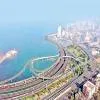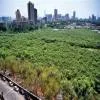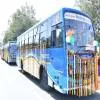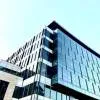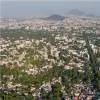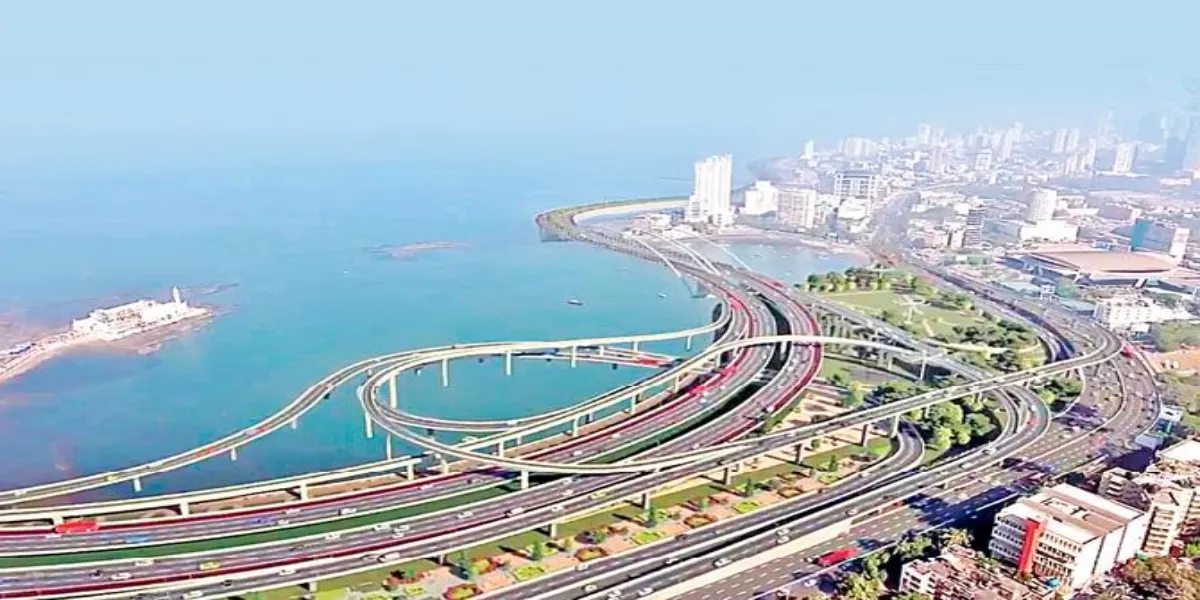
Versova–Dahisar Coastal Road Project to Impact 1,200 Trees
The Versova-Dahisar Coastal Road Project in Mumbai will affect over 1,200 trees, according to the Brihanmumbai Municipal Corporation (BMC). Of these, 990 trees will be replanted, while the remaining will be cut down due to construction requirements. The project, which forms a key extension of the on-going Mumbai Coastal Road corridor, aims to ease traffic congestion in the western suburbs and enhance north-south connectivity along the city’s coastline. The BMC has assured that replantation efforts will be carried out in designated areas to maintain ecological balance and offset the environm..
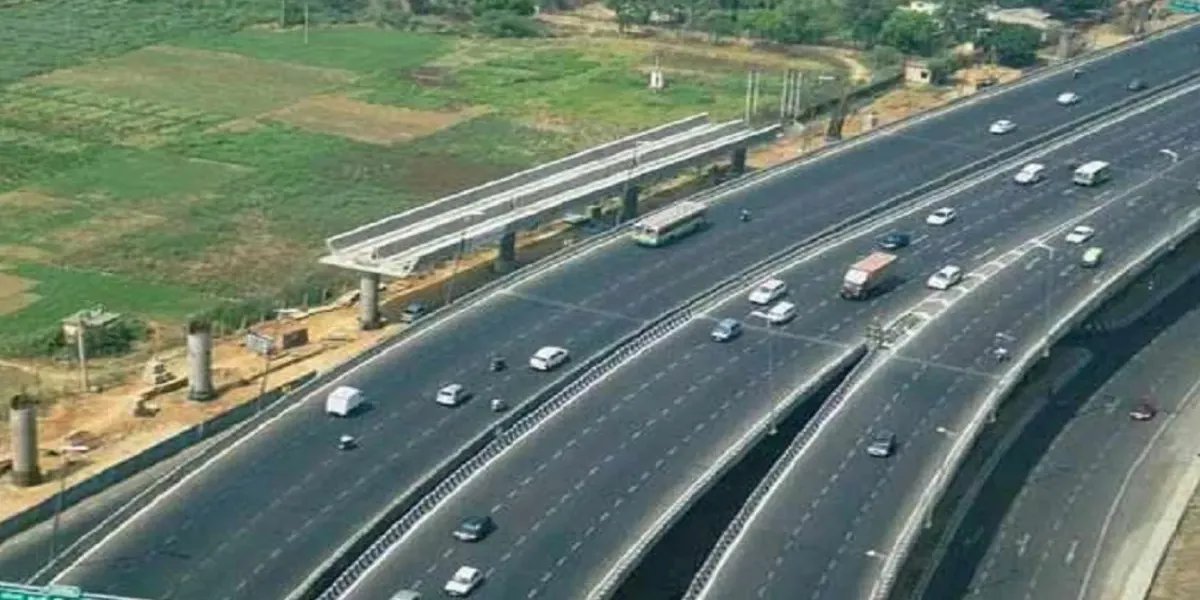
New Entry-Exit Planned on Vadodara–Mumbai Expressway near Ankleshwar
The Vadodara–Mumbai Expressway is set to get a new entry and exit point near Ankleshwar, aimed at improving regional connectivity and reducing travel time for commuters in south Gujarat. The new interchange, proposed by the National Highways Authority of India (NHAI), will offer smoother access to nearby industrial and residential areas. The project forms part of the Bharatmala Pariyojana initiative, designed to strengthen India’s expressway network and boost economic corridors. Once operational, the new interchange is expected to enhance logistics efficiency by offering improved freight..
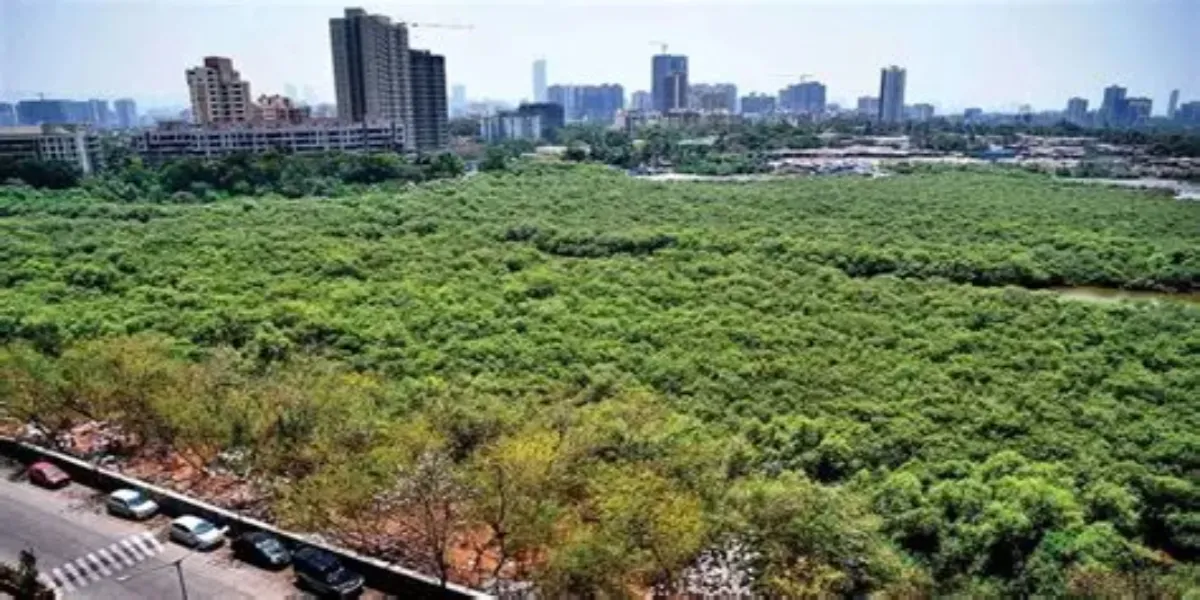
Dahisar-Bhayandar Coastal Road Gets Clearance with Green Conditions
The Dahisar-Bhayandar Coastal Road Project has received environmental clearance from the Maharashtra Coastal Zone Management Authority (MCZMA), subject to stringent ecological safeguards and compliance conditions. The approval was conveyed to the Bombay High Court, highlighting the project’s obligation to ensure mangrove restoration and adherence to coastal regulations. According to MCZMA, the project will proceed only if the Brihanmumbai Municipal Corporation (BMC) strictly follows prescribed environmental norms, including compensatory mangrove plantation and regular monitoring of coastal ..




